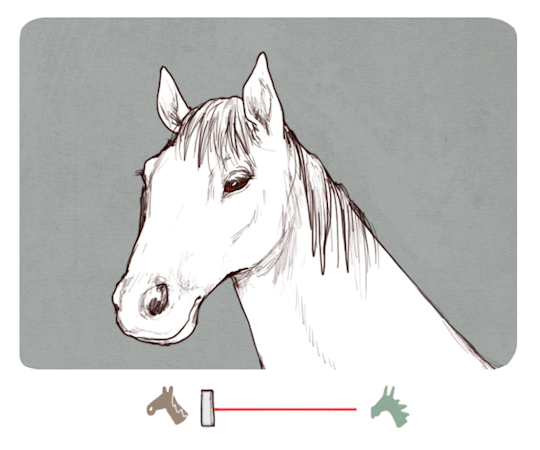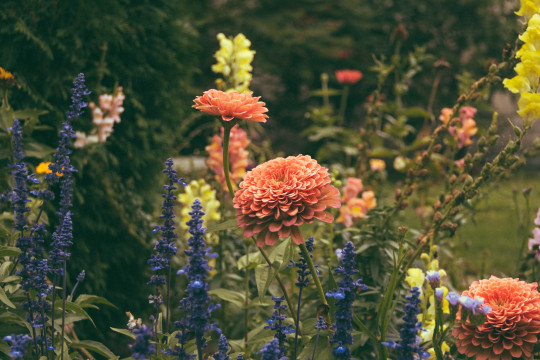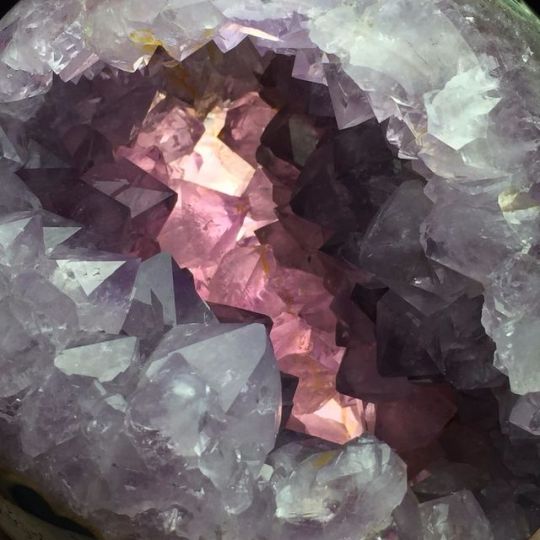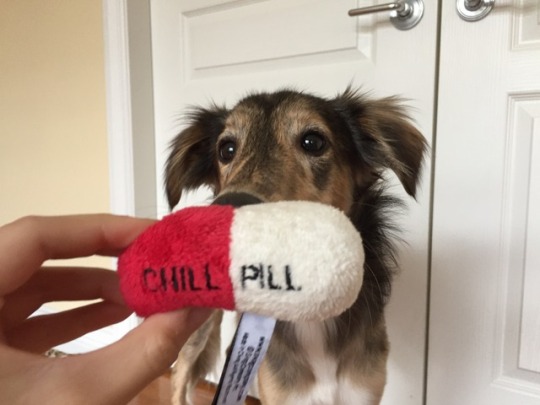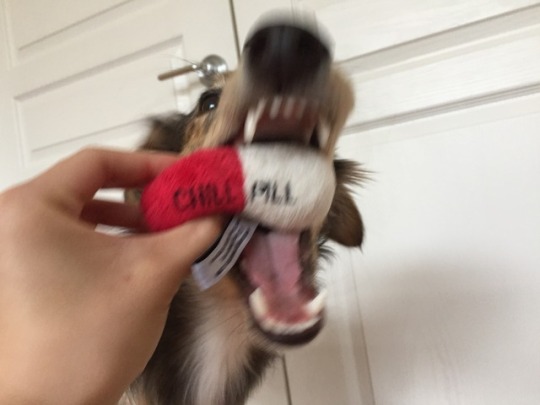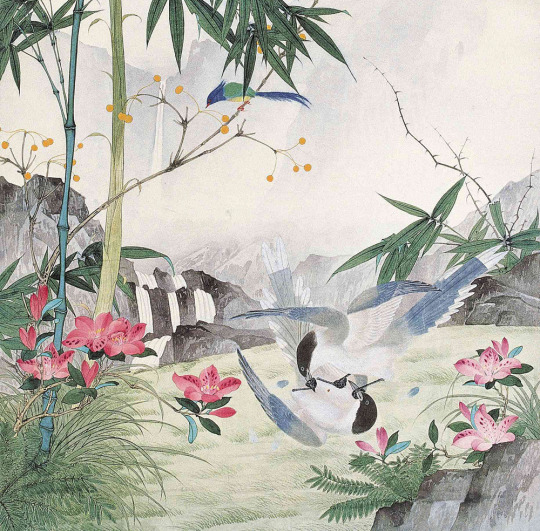Text
Commission Pricing 101
Guidelines for Setting Commission Prices
Article by @dragonofdarknesschaos
article dated April 25th 2017
Original Source: [x]
I’m going to be blunt with all'y'all. You are most likely under-pricing your work. That’s okay, but please consider the following:
——————————————————————
Industry Standard Price List for Book Illustration*
Black and White:
• Spread: $500-$1500
• Full Page: $500-$9500
• Quarter Page: $100-$350
Color:
• Spread: $700-$2000
• Full Page: $500-$1500
• Quarter Page: $200-$400
*From The Handbook of Pricing and Ethical Guidelines by the Graphic Artists Guild, ed. 13–basically the bible for all visual artists looking to sell and price their work. Check your local library for a copy.
——————————————————————
Not all artists are comfortable charging this much for their work, or maybe feel that their work isn’t good enough to charge more than a few bucks (if anything at all), some are just doing it for fun and don’t care about the money so much.
All of that is okay. Individual commissioners usually don’t have the kind of money to drop that large corporations do.
This is more about setting a few guidelines to prevent people from charging pennies for a full-color spread.
See below:
——————————————————————
Fandom’ Average Price List
Black and White:
• Spread: $10-$50
• Full Page: $5-$30
• Quarter Page: $5-$30
Color:
• Spread: $50-$200
• Full Page: $20-$70
• Quarter Page: $10-$30
Valuing Your Work
If you don’t value your time, no one else will.
——————————————————————
You probably put a lot of time and effort into your work over the months or even years that you’ve been honing your craft. So even if you’re in the select few who can actually bang out a beautiful piece of art in twenty minutes or less, think about how long it took you to get to that point. I knew I wanted to do art professionally since the age of four; at the time of this writing I’ve gained 21 years of experience. Not all of it was paid or professional quality work, but I learned and grew to what I am now. Even if you’ve only been drawing a few months, that time and experience matters all the same! Don’t sell your skills short.
Now that you’ve gained some confidence in your abilities, it’s time to set a monetary value for your skills. Usually artists go with an hourly rate. This means that for however many hours you work on a piece, you charge the commissioner (or customer) by the amount you set. THE COMMISSIONER DOES NOT NEED TO KNOW HOW LONG IT TAKES YOU TO MAKE THE ARTWORK. DO, however, ask when they need the artwork by. If you cannot complete the artwork in that amount of time asked, turn down the commission or find out if the deadline can be changed.
Let’s try this hourly rate in an example now.
Say it takes three hours to do a full color bust and the hourly rate is $10.
In math terms it’s…
(hourly rate) x (time spent) = (amount to charge).
The artist would charge $30 for the full-color bust commission.
Thirty dollars for just a drawing of a head and shoulders might seem like a lot, and one might be tempted to decrease the hourly rate so the amount to charge is within those ‘Fandom’ Averages mentioned above.
Doing the same work for a total of $5 means one would charge $1.67 hourly.
Most states have minimum wages well above that.
Are you worth less than the bare minimum, or are you worth more?
Spoiler alert–YOU MATTER!! And so does your artwork too!
If you’re still not feeling confident enough, just look up your state’s minimum wage and use that for your hourly rate. You can then slowly raise your prices as you gain more confidence in your work. While people might complain, remind them–and yourself–about those Industry Standard Prices listed above.
It doesn’t hurt to let your fans know that you will be increasing your prices in advance either!
——————————————————————
When to Increase Your Prices
Either increase your prices when you feel confident in doing so, when there’s simply too much demand for your work, or if you’ve been undervaluing yourself.
Increasing the price will deter some potential customers, but those who sincerely want your work will save up to commission you no matter what.
Those are the people you want to work with.
If the demand is still too high for you to keep up, or you don’t feel comfortable increasing prices to keep up with demand, create slots, or a short list of commissions you are currently working on.
Create a wait list too, if that helps. Just maintain a clear path of communication with your supporters.
——————————————————————
The Nuances of Pricing
If you really want to get technical, there’s going to be MORE MATH ahead. Though it’s basically all about breaking down how much time it takes you to do anything.
It will take you three times longer than you think it will.
——————————————————————
Pricing by Style
Wow, you can actually draw in multiple styles!? GREAT! AMAZING! Not everyone can do that.
If it takes you more time to draw one style than another have a price chart that clearly shows that.
If you have multiple coloring styles or techniques, break down how long each takes and give prices based on that.
Dissect your artistic process into steps if that helps to understand what to charge for. Creating steps like this will also help if (and when) you need to make invoices, or lists of the services you’re providing for billing purposes.
The following are examples of pricing broken down into each step in an artistic process for two vastly different styles:
Super Cartoony Style (full page):
- sketch: $10 x 15mins (or .25hr) = $2.50
- lines: $10 x 90mins (or 1.5hrs) = $15.00
- color: $10 x 1hr = $10
- (no shading)
Total: $27.50
Semi-Realistic Painterly Style (full page):
- sketch: $10 x 1hr = $10
- (no lines)
- color: $10 x 2hrs = $20
- shading: $10 x 6hrs = $60
Total: $70
Having these kinds of breakdowns will help potential commissioners identify what they want and what they can afford.
Yeah, that’s great, but what if someone just wants a sketch in the Super Cartoony Style? Then I’m making less than those ‘Fandom’ Average prices!
True, but what if you sit down to do the sketch commission, and instead of taking fifteen minutes, you end up spending twenty minutes looking up reference of the character, and the poses you want, end up scrapping a bunch of attempts, and before you know it, an hour and a half has passed? By then you’ve charged the commissioner for fifteen minutes of work when it actually took you six times longer. If this happens to you consistently, consider switching to a flat-rate approach or compensate for this time difference in the prices you offer.
——————————————————————
Flat Rate Pricing
Essentially you charge more up front and lower the price of any additional steps. As such, additional services, like lines, color, and shading are then smaller fees that get tacked on after the preliminary sketch is completed.
The flat rate is typically based on the average amount of time it takes to do each step of the process.
Say it takes anywhere from 15-90 minutes to do a sketch depending on how inspired you are.
With the same hourly rate of $10, that��s a range of $2.50-$15.
Depending on complexity things might take longer, so let’s bump it up to $20 just to be safe.
Keeping the total costs the same as for the hourly break downs above results in the following:
Super Cartoony Style (full page) flat rate:
- sketch: $20
- lines: $4
- color: $3.50
- (no shading)
Total: $27.50
Semi-Realistic Painterly Style (full page) flat rate:
sketch: $30
(no lines)
color: $15
shading: $25
Total: $70
There’s less actual math involved, but it means that you’ll at least get your money’s worth whether you spend the fifteen minutes you originally allotted, or wind up taking two hours.
Again, the commissioner doesn’t need to know how long it actually took you to make the art.
Consider adjusting the flat rates if you find yourself spending more time on certain things than your hourly rate covers.
In the example, if you repeatedly spend more than two hours on a sketch, then you need to increase your initial rate to compensate.
This model also plays a bit into the ideas behind the “super size” marketing.
For just four dollars more you get cleaner line art. For only three and a half dollars more you get full color! If a commissioner can get over the initial price to start, chances are they’ll be more willing to spend the few extra dollars to get a higher level of finish.
——————————————————————
Methods of Payment
While DeviantArt is a great place for finding and getting commissions, they don’t exactly have the best monetary system in place.
Here are a few other methods you can use.
While there are other sites and services you can use to send money, be sure both the artist and commissioner have agreed on the amount due and payment method before sending anything.
In general do not start on the artwork until at least half of the payment is received or processed.
——————————————————————
The Commissions Widget (on DeviantArt)
Pros:
easy to use
built into site
allows points to be turned into actual cash
Cons:
deducts 20% from your earnings (most sites charge less than 10%)
keeps points earned from commissions separate from total points
few people have 3,000 points to drop
If you’re intent on using this system, be sure to add a 20% tax to your final cost
(e.g. $27.50 + ($27.50 x .2) = $33.00 or 3,300 points)
While you could simply trade the points outside the commissions widget, the points cannot [legally] be turned back into cash.
——————————————————————
Google Wallet
Pros:
easy to use
works fast
no usage fee
Cons:
open to continental US ONLY
requires gmail account
no invoices
If you already have a gmail account, then you automatically have access to gwallet. It’s just a matter of connecting a bank account or credit card then.
While there are no invoices for any money exchanges that I’m aware of, still consider making invoices for your records.
——————————————————————
PayPal
Pros:
internationally available
used across many sites for payment
very secure
has built-in invoices
Cons:
lots of rules that constantly change and are difficult to understand
difficult to navigate; if done incorrectly one may be charged
both parties must fill out forms correctly or the artist will be charged or have their account banned
If you live inside or outside the continental US, here are a few links that may be helpful in [writing those invoices], and [making sure you don’t get burned].
Also do not use PayPal to send your art, as their rules are a bit convoluted about who owns the rights to the artwork then.
——————————————————————
Patreon
Pros:
easy to understand
processes payments through Amazon
allows creators to build communities around their projects
multiple price points can be offered at the same time
encourages repeat customers
Cons:
while it’s a bit daunting to get set up and situated, Patreon has an almost infinite amount of easy to understand resources to help their creators take off
though not necessary, it helps to have a strong social media presence elsewhere
smaller group of commissioners
For those who don’t know, Patreon is like KickStarter, but it recurs monthly, and it’s just for creatives.
What I’ve seen most artists who do commissions exclusively through Patreon do is have a lower reward tier that is fan driven like monthly requests, in addition to a higher reward tier that is the actual commission button so-to-speak.
This format kind of forces the flat rate pricing method to an extreme, so price well, or create a dialogue with your fans/patrons/potential commissioners to see what they’re most interested in getting for their money.
They might even give you ideas for projects to do down the road.
——————————————————————
TL;DR
Professional illustrations go for 20-50 times MORE than what most 'fandom’ artists charge.
Value your time, or else no one else will. This means that you deserve to work for above minimum wage.
Never tell the commissioner how long it takes to make your artwork (unless you need more time to make your artwork).
It’s OKAY to increase your prices. Especially if there’s high demand for your work.
You can price by how long it takes you to do each step of your artistic process OR…
You can have a higher flat rate to do the first step of your process, with smaller, additional fees for finishes like color, or shading, or both.
Be transparent about what you’re charging for.
There are many sites and methods of payment, use the one that is most convenient for both parties.
USE. INVOICES. No matter how simple.
If you DO decide to use dA’s Commission Widget, charge a 20% tax to cover the site’s cut.
Trust yourself–after all, these commissioners came to you for your unique art style! You can’t go wrong by doing you.
Anyone is welcome to ask further questions, or suggest additions.
Article by @dragonofdarknesschaos
article dated April 25th 2017
Original Source: [x]
16K notes
·
View notes
Photo

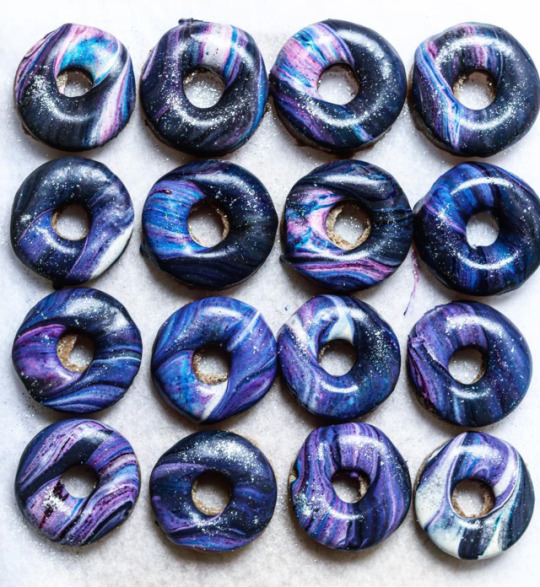



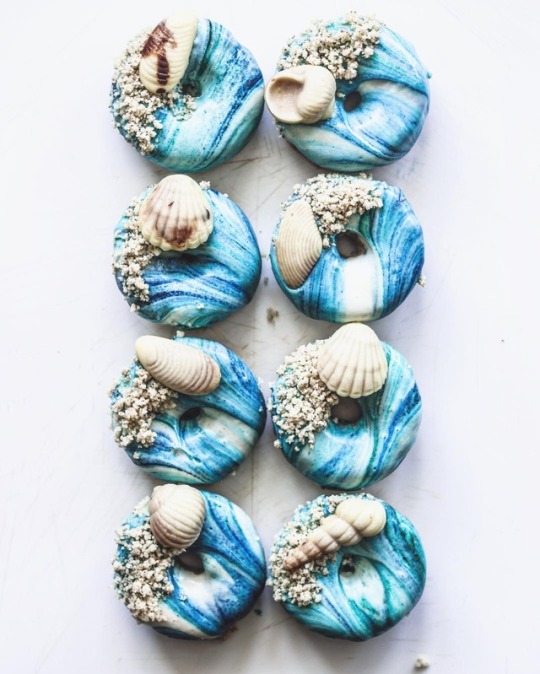

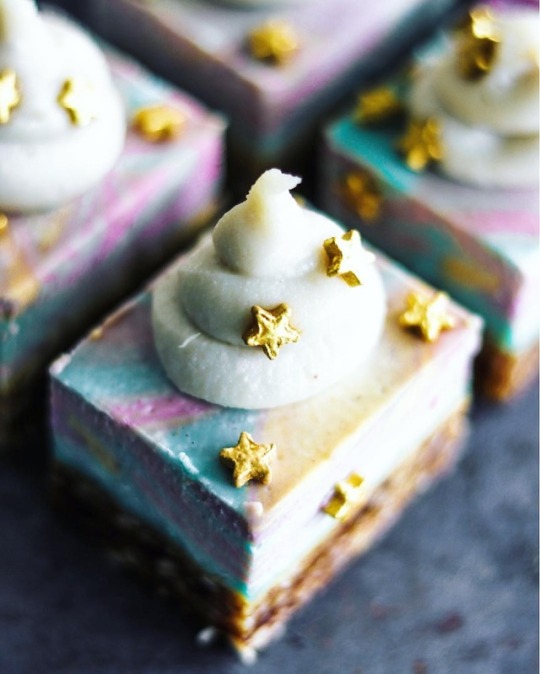

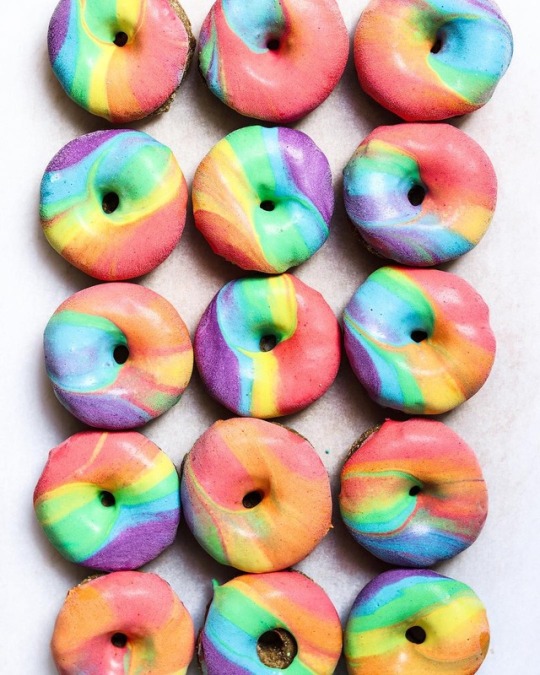
Vegan Baking by So Beautifully Real on Instagram
Follow So Super Awesome on Instagram
7K notes
·
View notes
Photo

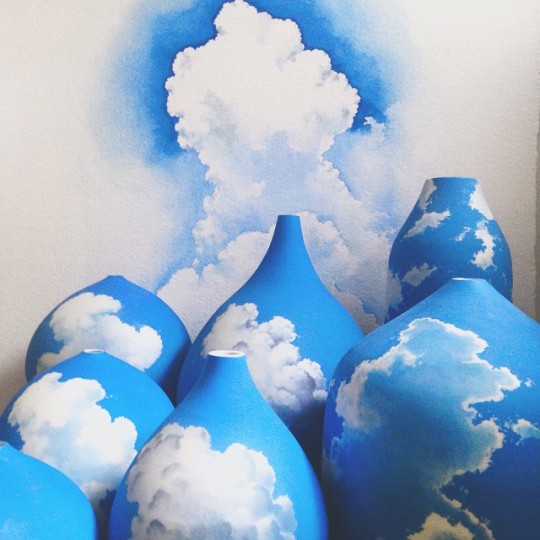
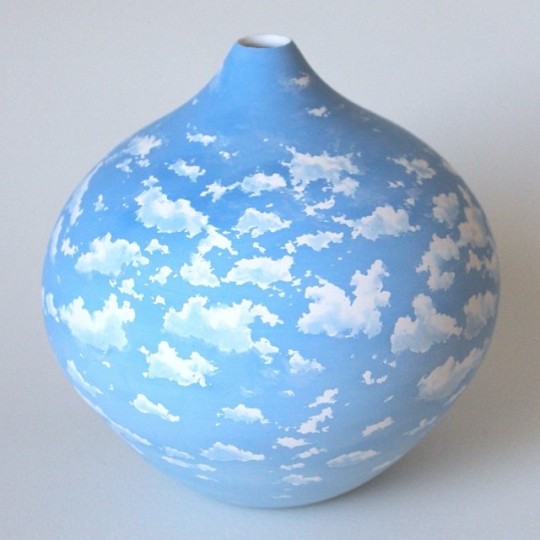

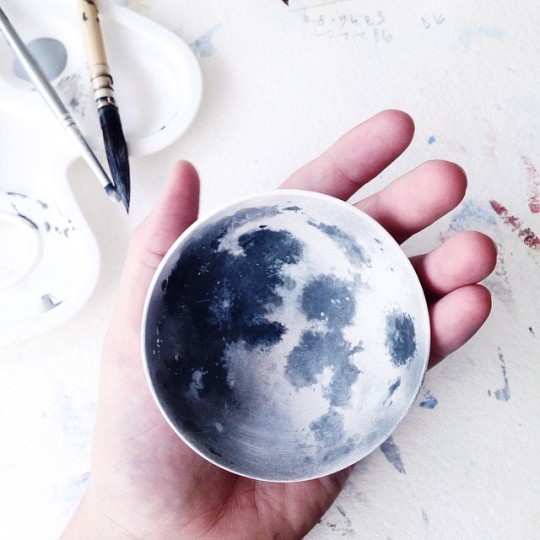
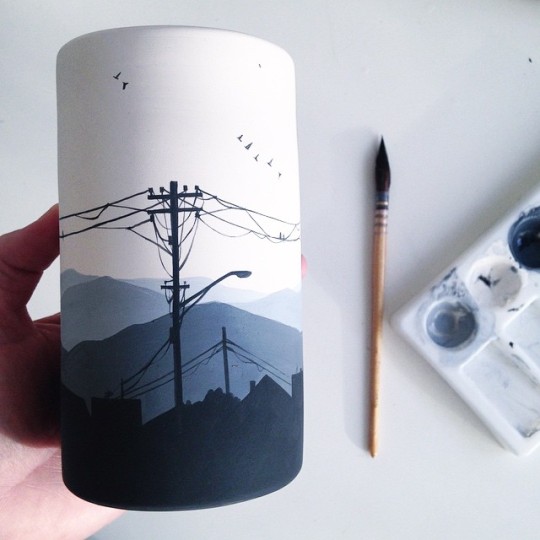

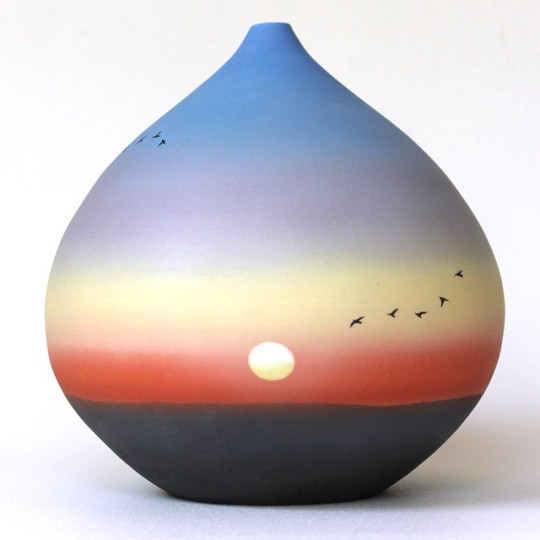
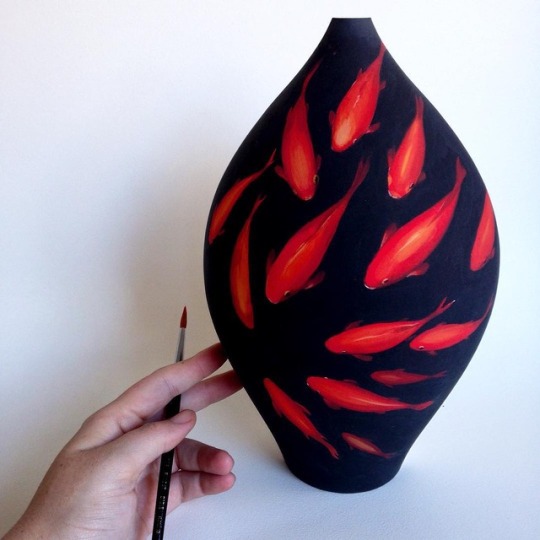

Ceramics by Niharika Hukku on Instagram
Follow So Super Awesome on Instagram
42K notes
·
View notes
Photo



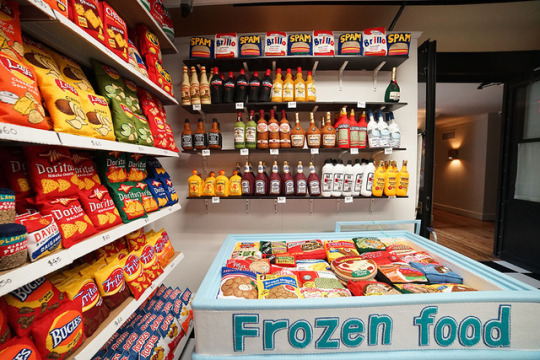

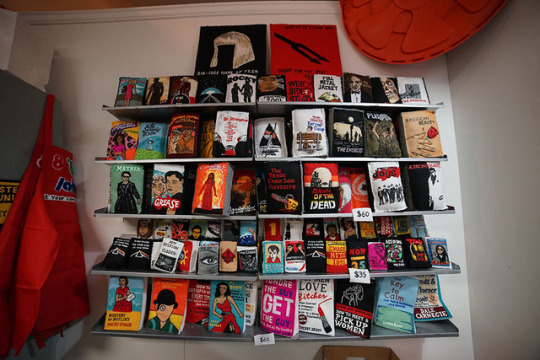


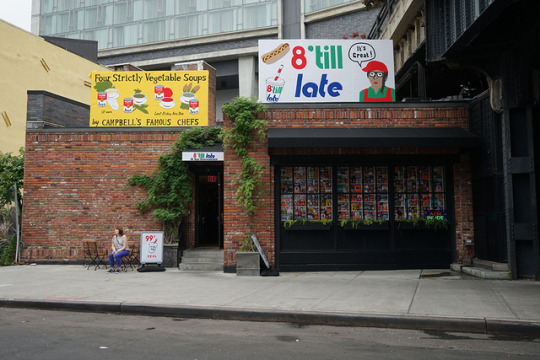
Lucy Sparrow’s “8 ‘Till Late.”
Take a look at British artist Lucy Sparrow’s sensational project, “8 ‘Till Late,” at New York City’s the Standard/High Line: A convenience store with thousands of completely hand-made, felt products and every last one of them was for sale.
The project, which had to close early as the products sold out so quickly, is one of many by Lucy. You can learn and see so much more on her website.
Don’t miss Supersonic Art on Instagram!
Keep reading
3K notes
·
View notes
Photo


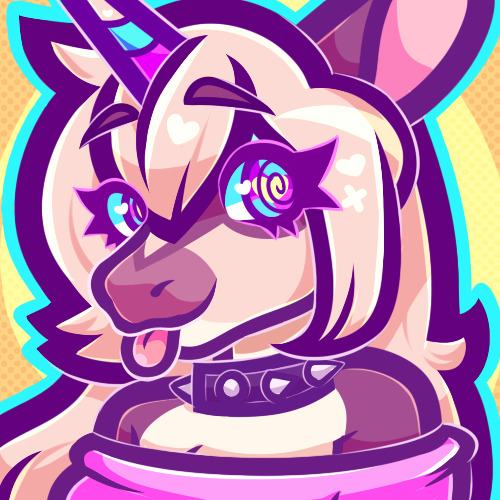

♡ TAKING 2 ICON COMMISSIONS! ♡
DM me for a slot ~
( $32 for an icon )
499 notes
·
View notes
Photo

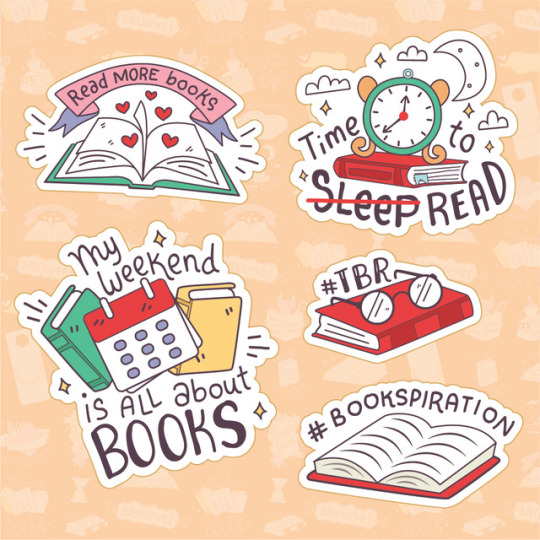


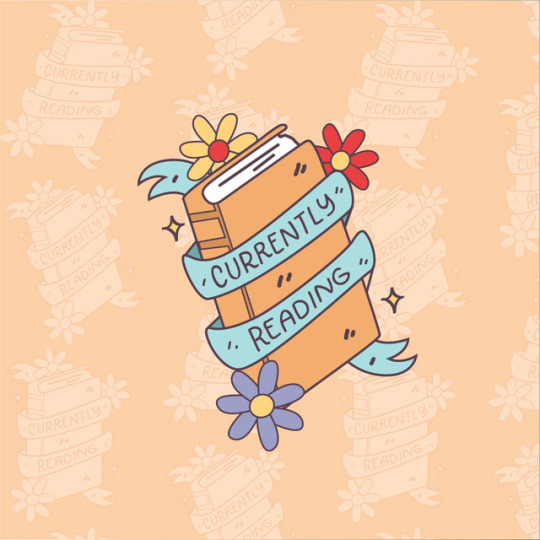

Came up with these bookish stickers for National Bookstore.
6K notes
·
View notes
Photo

Harry Potter
https://www.facebook.com/antilousart/
815 notes
·
View notes
Quote
Go into the arts. I’m not kidding. The arts are not a way to make a living. They are a very human way of making life more bearable. Practicing an art, no matter how well or badly, is a way to make your soul grow, for heaven’s sake. Sing in the shower. Dance to the radio. Tell stories. Write a poem to a friend, even a lousy poem. Do it as well as you possibly can. You will get an enormous reward. You will have created something.
Kurt Vonnegut
(via wordsnquotes)
30K notes
·
View notes
Photo


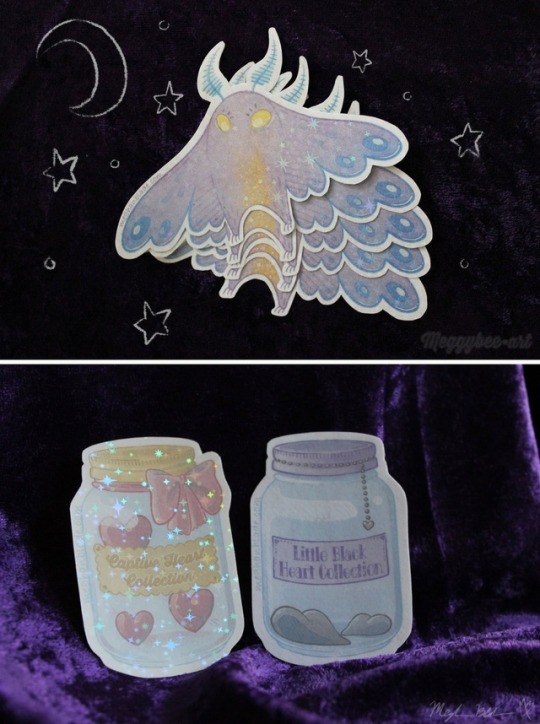
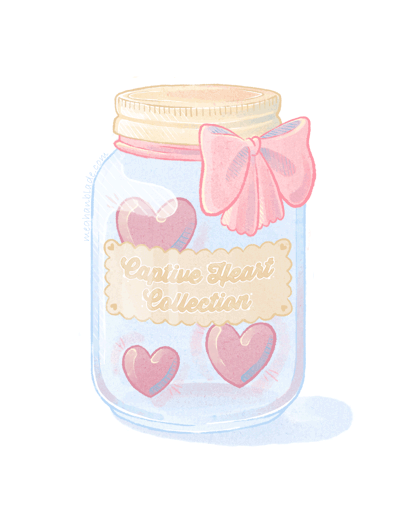

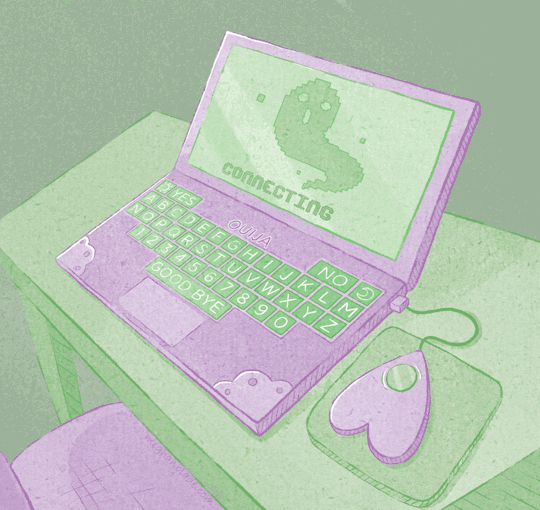
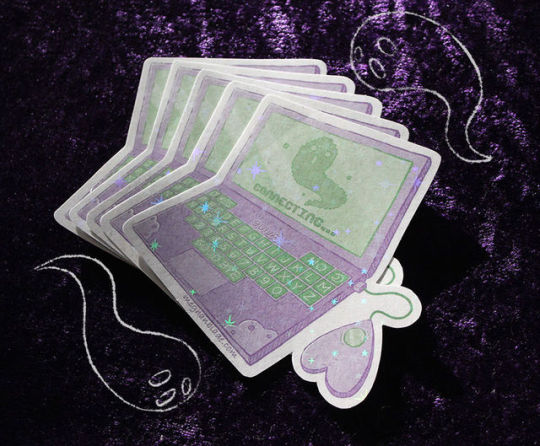
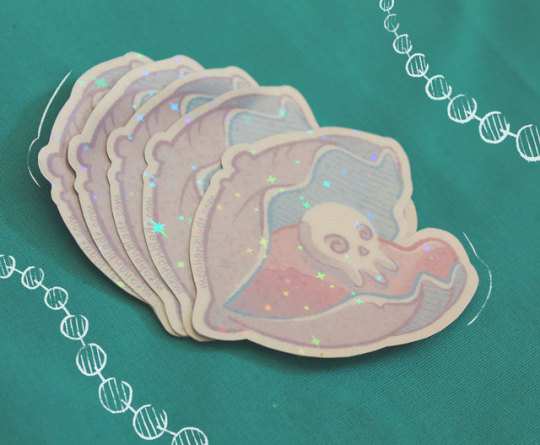

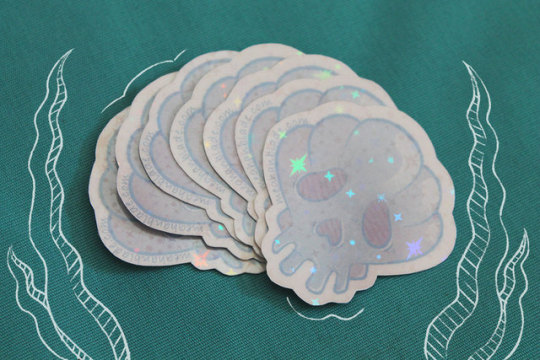
Holographic Sparkle Stickers by Meggybee Art on Etsy
On Tumblr
4K notes
·
View notes
Photo

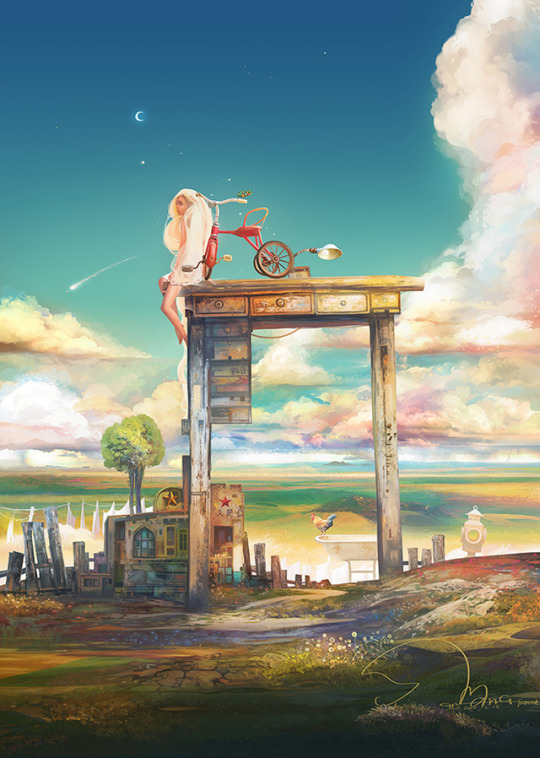
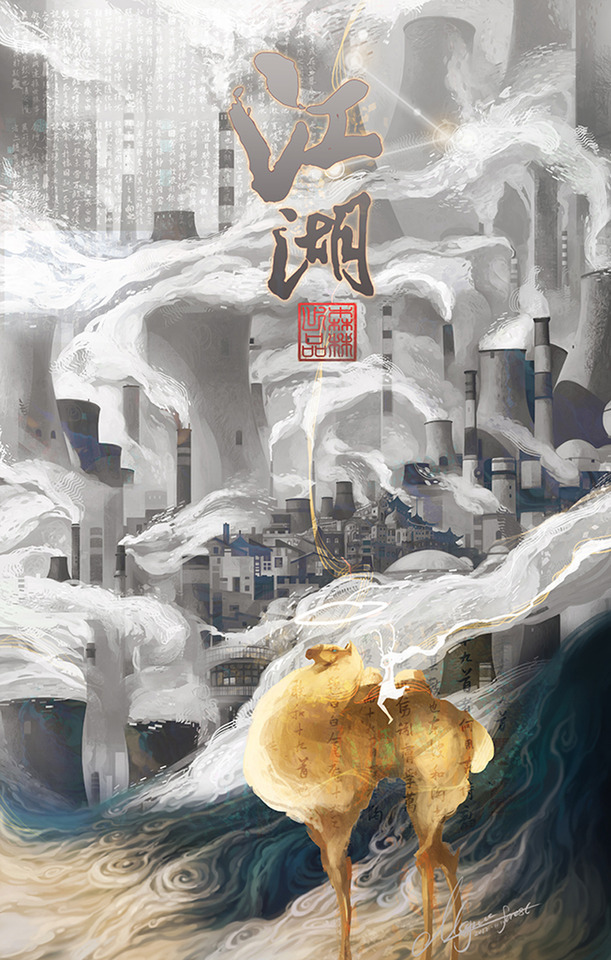


Jie He - http://blog.sina.com.cn/cgforest - https://www.facebook.com/media/set/?set=a.650833601647031.1073742021.287557427974652&type=3
2K notes
·
View notes
